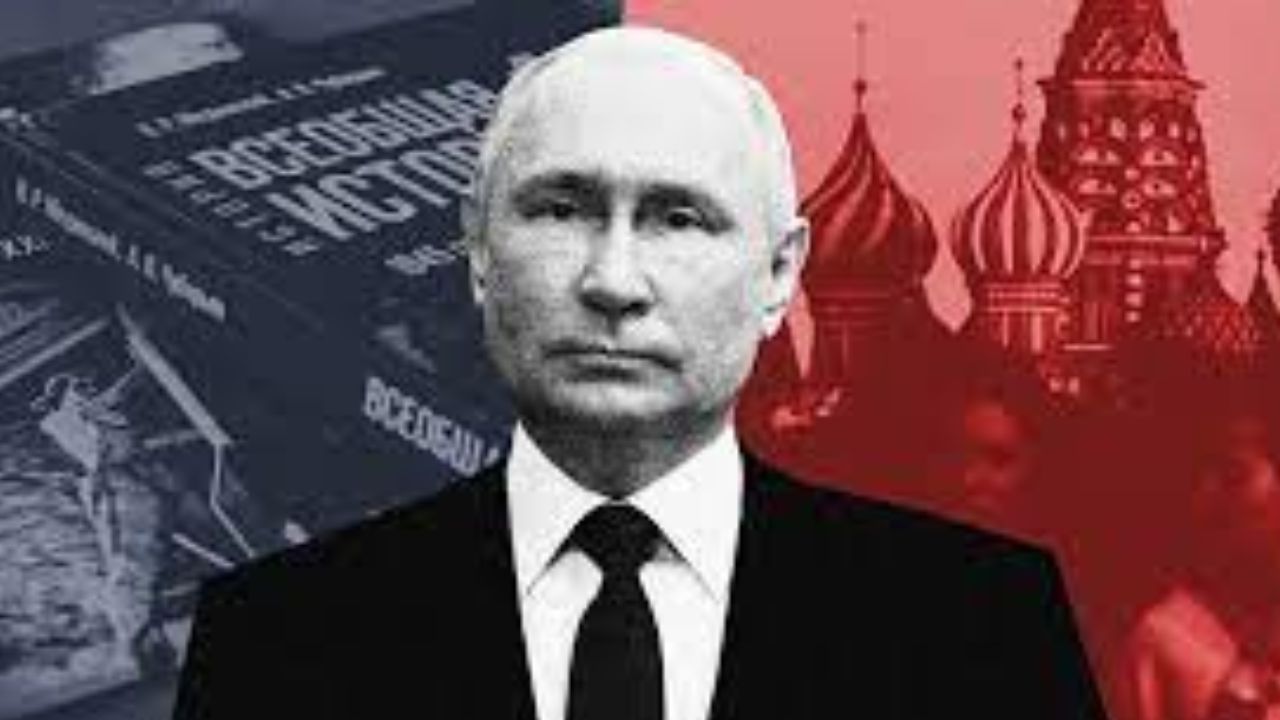Russia: History, Flag, Population, Geography, Map, Economy, President & Facts
Russia’s vast area covers eastern Europe and northern Asia. Russia is the world’s top exporter and importer of oil and gas. In Russia, the president is the head of state and the prime minister is government leader.

About Russia History: Russia, often known as the Russian Federation (RF), is a transcontinental country that stretches across both Eastern Europe and Northern Asia. It is the world’s largest country in terms of land area, covering approximately 17,098,246 square kilometres (6,601,670 square miles) and accounting for one-eighth of the Earth’s inhabited continent.
Russia has the most time zones and boundaries (16 independent nations) of any country on the planet. With a population of 145.5 million, it is the most populous country in Europe and the tenth most populous in the world.
Moscow is the capital and largest metropolis of Russia, as well as the largest city in Europe. Saint Petersburg is Russia’s cultural capital and second-largest city.
Russia- Geography
Russia’s vast area includes the easternmost part of Europe and the northernmost part of Asia. It spans over the northernmost edge of Eurasia and has the world’s fourth-longest coastline, measuring around 37,653 kilometres (23,396 mi).
Russia is located between latitudes 41° and 82° North, longitudes 19° East and 169° West, and spans around 9,000 kilometres east to west and 2,500 to 4,000 kilometres north to south. Russia has the same landmass as Pluto and is larger than the three continents.
Economy of Russia
The Russian economy is the world’s eleventh-largest by nominal GDP and sixth-largest by PPP. It is a recognised nuclear power, with the world’s largest nuclear arsenal and the fourth-largest military expenditure.
Russia is a major producer of oil and natural gas, and it has the world’s largest mineral and energy reserves.
Russia is a permanent member of the United Nations Security Council, a member of the G20, SCO, BRICS, APEC, OSCE, and WTO, and the leading member of the CIS, CSTO, and EAEU. In addition, Russia has 30 UNESCO World Heritage Sites.
Read Also~Dollar vs Rupee History: US Dollars to Indian Rupees Exchange Rate
Russia is the world’s thirteenth-largest exporter and twenty-first-largest importer. The oil and gas industry accounted for 45 per cent of Russia’s government budget income and up to 60 per cent of its exports in January 2022.
In 2019, the Natural Resources and Environment Ministry estimated that natural resources generated 60% of the nation’s GDP.
Despite having one of the greatest levels of income and wealth disparity among industrialised countries, Russia has one of the lowest levels of external debt among big economies.
Government and Politics of Russia
Russia is a constitutionally asymmetric federal republic with a semi-presidential administration in which the president serves as head of state and the prime minister serves as head of government. It is structured as a multi-party representative democracy with three federal branches:
1. Legislative: Russia’s bicameral Federal Assembly, comprised of the 450-member State Duma and the 170-member Federation Council, adopts federal law, declares war, authorises treaties, has the power of the purse, and has the authority to impeach the president.
2. Executive: The president appoints the Government of Russia (Cabinet) and other officers responsible for administering and enforcing federal laws and policies.
3. The Constitutional Court, the Supreme Court, and other federal courts, whose judges are appointed by the Federation Council on the president’s recommendation, interpret the law and have the jurisdiction to overturn it.
Read Also~Government Appoints Members to 16th Finance Commission
Russian culture
The country’s history, geographical position, vast territory, religious and social traditions, and Western influence have all influenced Russian culture. Russian poets and philosophers have made major contributions to the growth of European thought.
Russians have also made major contributions to classical music, ballet, sports, painting, and movies. Furthermore, the country has made groundbreaking contributions to science, technology, and space exploration.
Key Points:
- is structured as a multi-party representative democracy with three federal branches:
- Russia’s vast area covers eastern Europe and northern Asia
- Russians have also made major contributions to classical music, ballet, sports, painting, and movies.
- Russia’s cultural capital and second-largest city.
